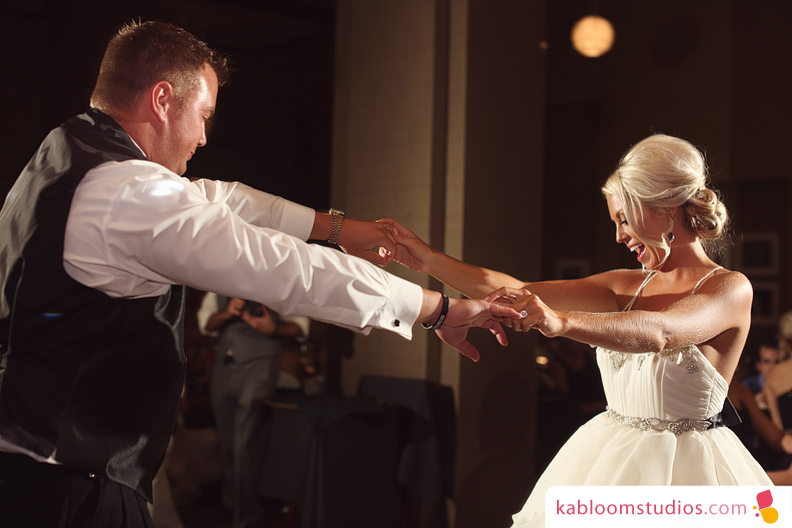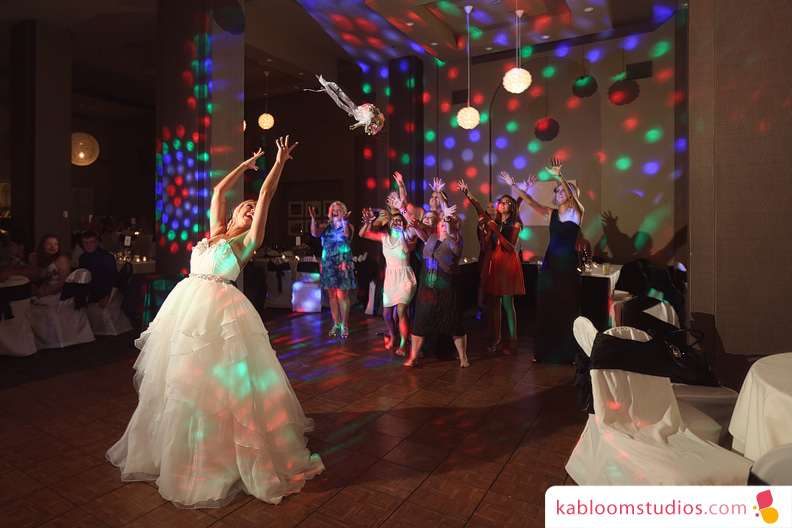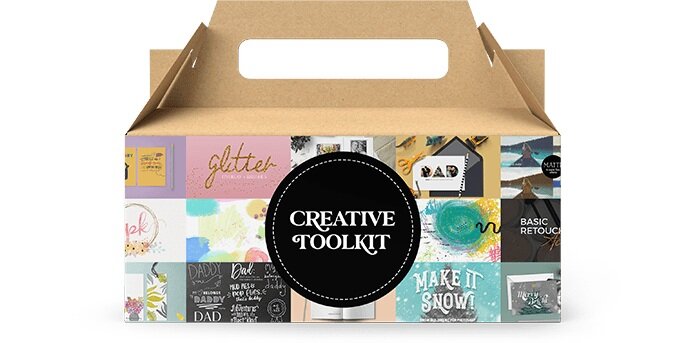Gone Fishing!
/I've been busy putting my winter break to good use. Brushing up on my sewing skills, I had a ball putting together this darling gift idea for the kids in my life. I was originally inspired by this paper and string version, but wanted something a little more hearty that would last longer with regular use. I also felt like "hooks" may be too sharp and too tricky for the little ones to manipulate, so I opted to go with magnets instead. I cranked out four of these sets in a couple of days, so making a single set should be a piece of cake!

Several friends have asked for a tutorial, so without further ado, here it is!
Supplies:
- Pattern. Download a printable PDF I made of the fish and fish mouth shapes. Be sure to print at 100% (don't scale).
- Fabric. I used several packs of fat quarters for variety. Each fat quarter makes 8 fronts and backs (that's four (4) fish), so get as many fat quarters as you want variety. Because I made ten (10) fish for each gift set, I used 10 different fat quarters because I wanted each one to be different. You'll also need a 1/2 yard of something fun for the drawstring bag.

- Stuffing. The fish are only minimally stuffed. I used polyfill I had laying around, but you could also use paper, fabric scraps, plastic bags, etc.
- Magnets. I used 1/2-inch round magnets bought at JoAnn's Craft Store. They come in packs of 50. You'll need one for each fish and one for the end of the fishing pole.
- Yarn, ribbon, or other cording. I used yard on the fishing pole and though the photo shows cording on the draw string bag, I ended up switching to yard because the cording I bought was too thick to double back for a drawstring. You could also use ribbon. Total length needed? Maybe 3 yards, just to be safe....
- Wooden dowel. Dowels come in various diameters, I used a 1/2-inch. Anything less seems a bit too wimpy....
- Wooden doll pin. This is the cute little bobber that hangs at the bottom of the fishing line (painted red in the photo above). I found this in the aisle right along the dowels. Who doesn't want a bobber that resembles a tiny wooden doll?
- Wooden ball caps (x2). Not sure what these are called, but these are the round balls you see on the ends of the fishing pole. I bought two for each pole (one on each end). They come with a 1/2-inch hole already drilled in them so it's easy to just glue them onto the ends of the dowel.

- Eye hooks (aka: Screw Eyes). This is what allows you to connect the doll pin to the end of the fishing line. I bought tiny ones with 1/2-inch long screws.

- Crazy glue (or other adhesive). You'll need to glue the magnet to the bottom of the doll pin, as well as glue the wooden ball caps to the ends of the fishing pole.
- Sewing machine and other related materials (thread, scissors, pinking shears, etc.)
- Paint & paint brush. I used regular latex wall-paint that I had around the house from other projects. If you're out of paint, sample pots from places like Home Depot are an inexpensive way to build up a colorful collection.
- Drill (optional). I drilled through my fishing pole to attach the yarn. Alternatively you could wrap the yard around it (and glue in place for stability) or screw in one of the eye hooks and attach the yarn that way.
Making the Fish
- Cut out all your fish and mouth shapes. (Use regular scissors, save the pinking for last.)


- Pin and sew all the mouth pieces. Starting at the bottom corner, work your way around to the other bottom corner. Leave the bottom open. Use 1/4" (or less if you can pull it off) seam allowance. If you err on the side of a bigger seam allowance, you won't be able to insert the magnet later, so definitely stick to 1/4" or smaller.

- Insert the magnets into the fish mouths. If you stuck to a 1/4" seam allowance or smaller, the magnets should all fit pretty well. If you goofed on some, cut more pieces and try again.
- Prepare the fish. Pin wrong sides together so that the fish appears right sides out (I top stitched everything so as not to have to mess with turning and hand-finishing the edges, so no need to pin inside out). Insert and pin the mouth in place by slipping it between the front and back side of the fish fabric.
- Sew the fish. Starting on the outside edge of the tail, sew (top stitch) around the entire perimeter using a 1/4" seam allowance. This will close the backside of the mouth, locking the magnet in place. Stop when you reach the other outside edge of the tail. (Do not sew the tail closed.)

- Stuff and close the fish. Insert the stuffing via the open end of the fish tail and work it around so the fish has some body, but is not "full." When finished, take the fish back to the sewing machine and top stitch the tail closed with the same 1/4" seam allowance.
- Finishing touches. Snip any hanging threads and if desired, use pinking shears to trim the edges and avoid fraying.
Making the Fishing Pole
- Drill a hole through the center of the dowel, 1" from the end. Make sure to use a drill bit that will make a hole large enough to accommodate whatever you plan to use for the fishing line. To steady the dowel, I used a clamp to attach it securely to the counter top, leaving just the edge of the pole extended past the counter for drilling. It was simple enough I'm guessing you could just hand hold it against a steady surface.
- Insert the eye screw into the top of the doll pin (no drill required). I found it easiest to grasp the eye pin with the end of needle nose pliers in my non-dominant hand, then use my other hand to firmly press/screw in the doll pin. It takes some elbow grease, but you definitely don't need a drill.

- Paint! Paint the dowel, the doll pin, and the wooden ball caps. Experiment with color pairing to find what you like best. (I painted the ball caps and the doll pin one color, and painted a contrasting color for the fishing pole itself.) When finished, I hung everything to dry by tack nailing them to the edge of the work bench counter top. Let dry for several hours (or even overnight).


- Get your glue on. Glue the wooden ball caps to the ends of the fishing pole and the magnet to the end of the doll pin. Be sure to use a strong, permanent adhesive.
- Thread the fishing pole. To get my yarn through the tiny hole I made with the drill, I used a flossing threader to pull the yarn through. (You could also use some thread or most any string.) Tie a knot big enough to not slip through the hole. (I used a simple double-knot.)

- Thread and attach the doll pin (aka: the bobber). Tie the other end of the yarn to the doll pin. The longer you leave the fishing line, the more challenging it will be for users. If you're making this for little kids, shorter is better. I ended up having the bottom of the bobber (the doll pin) land slightly below the half-way point on the dowel. A simple double knot will do.

Making the Drawstring Bag
I followed along with this quick and easy drawstring bag tutorial. I made the middle sized bag, using a 12x24" rectangle. When it came time to make the gussets, I opted for only 1.25". Originally, I bought cording to use for the drawstring instead of yarn, but forgot that it gets doubled around the bag, and didn't have enough room in the channel for it. Live and learn, right?

I'd love to see anything you make using this tutorial! Please share the love! :) Happy fishing!





















































































































